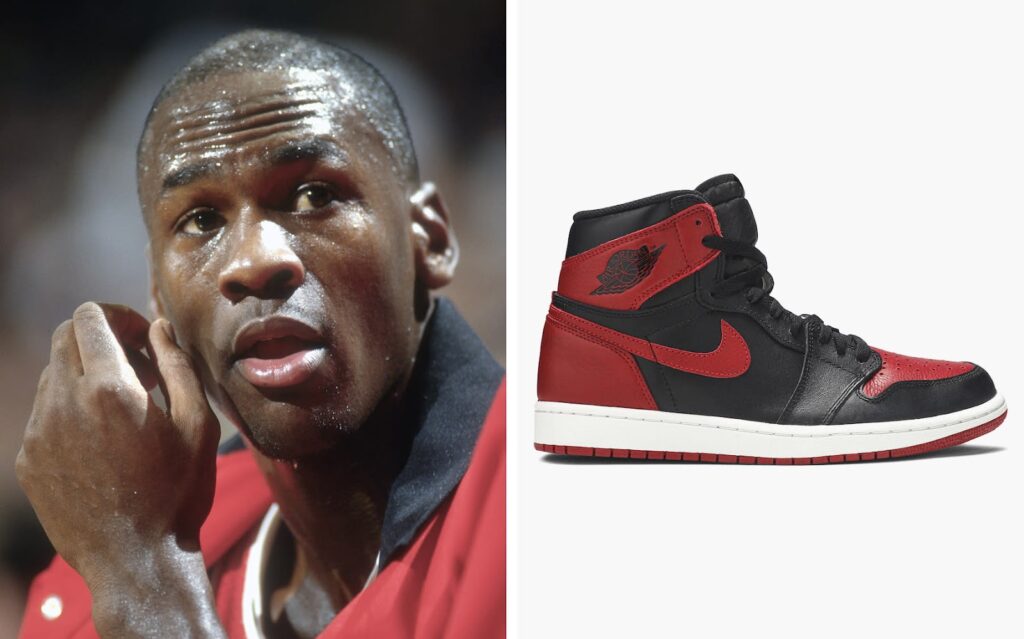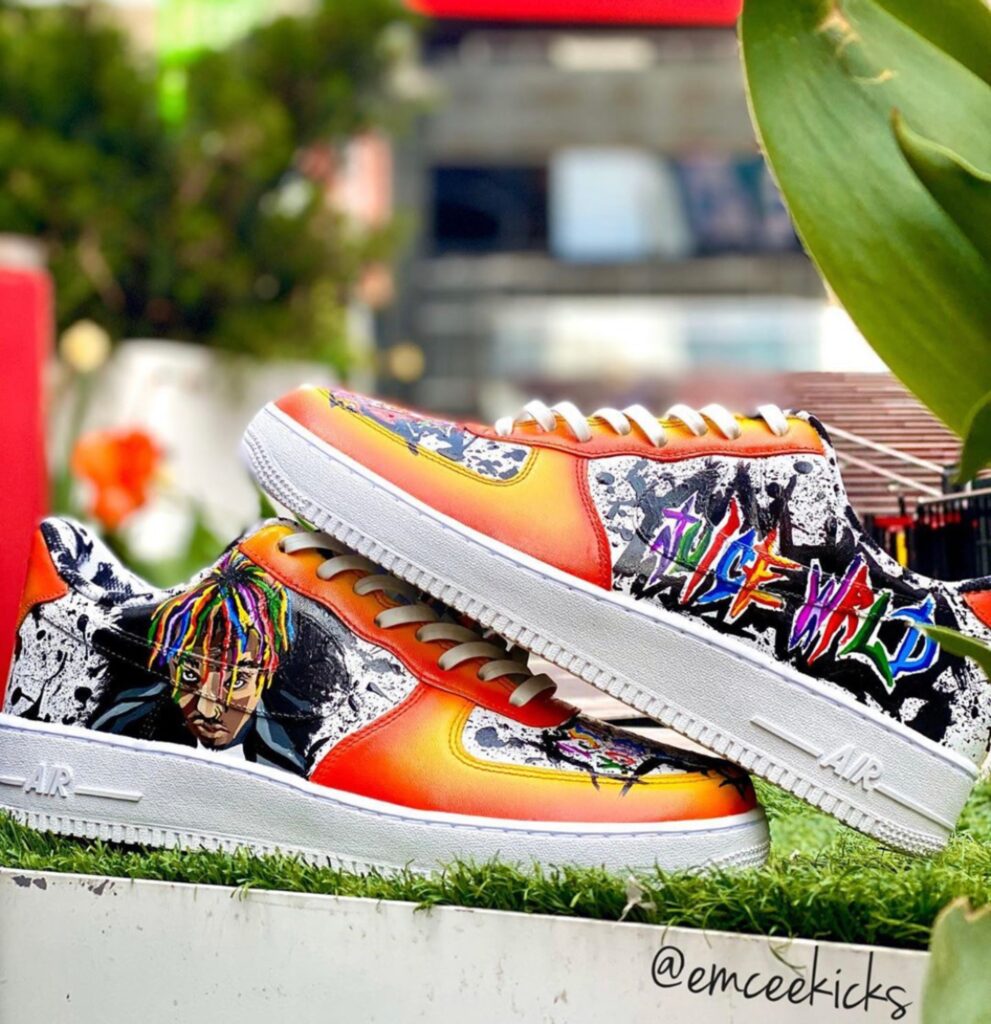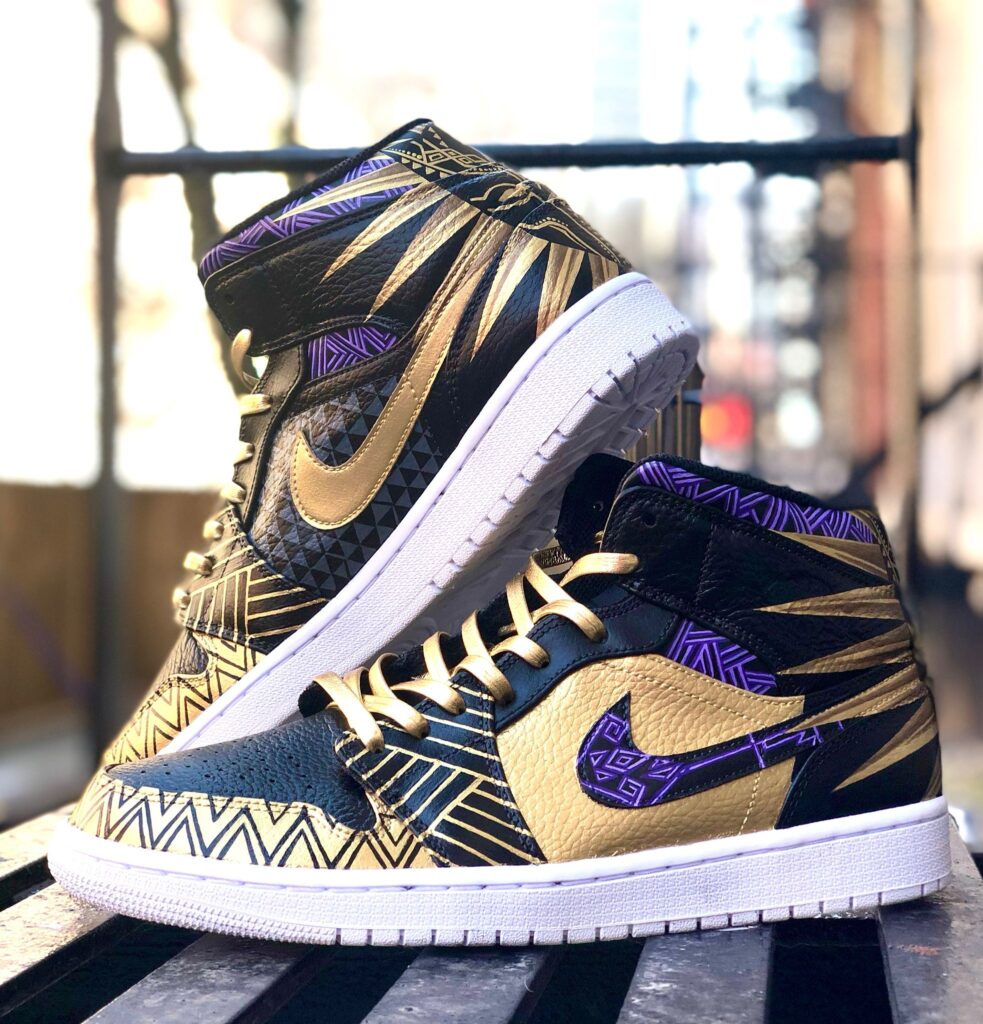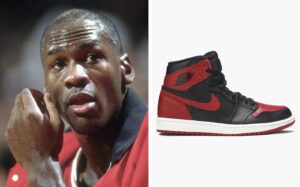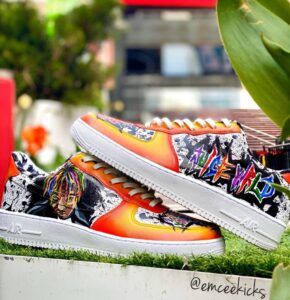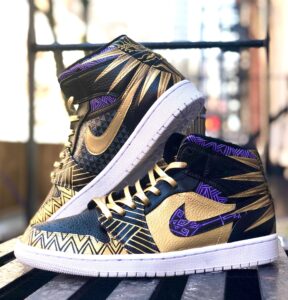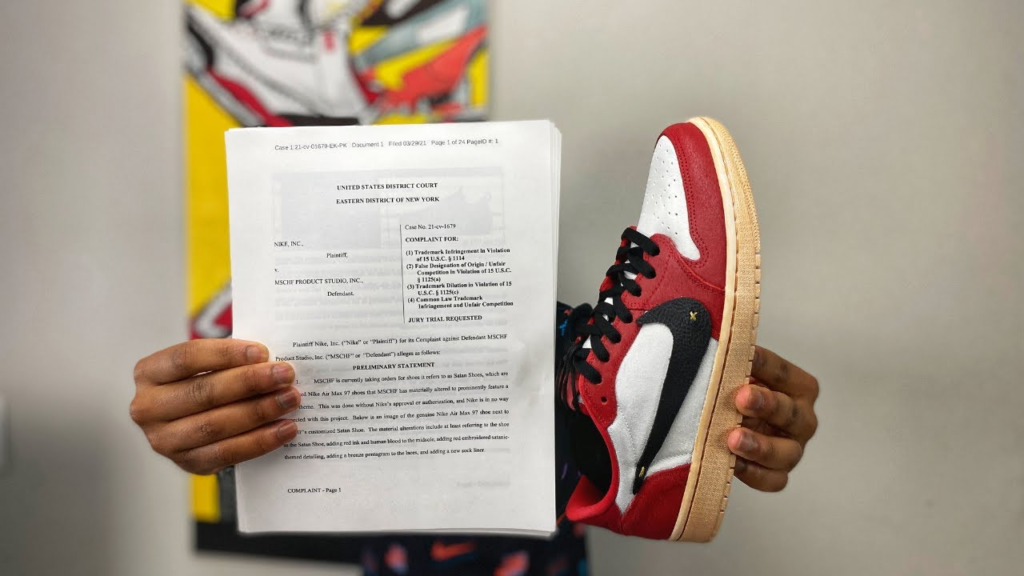
Nike Suing Custom Sneaker Makers: What You Need to Know
In recent years, the sneaker industry has witnessed a surge in custom designs, with artists and designers transforming standard footwear into unique pieces of art. However, The Battle Between Sneaker Artists & Nike has intensified as this creative movement has led to legal confrontations, particularly with major brands like Nike.
This ongoing clash highlights the tension between artistic expression and corporate ownership, raising questions about intellectual property rights. For customizers, understanding the intricacies between art and theft is crucial to navigating the fine line between innovation and infringement while ensuring their work remains both creative and legally sound.
Nike’s Legal Actions Against Customizers
Nike has been proactive in protecting its brand identity and intellectual property. A notable case involves Dominic Ciambrone, known as ‘The Shoe Surgeon.’ Despite previous collaborations with Nike, Ciambrone faced a lawsuit alleging unauthorized use of Nike’s trademarks in his custom designs. Nike claimed that while they valued limited, one-of-a-kind customizations, Ciambrone’s operations had evolved into widespread infringement, seeking $60 million in damages.

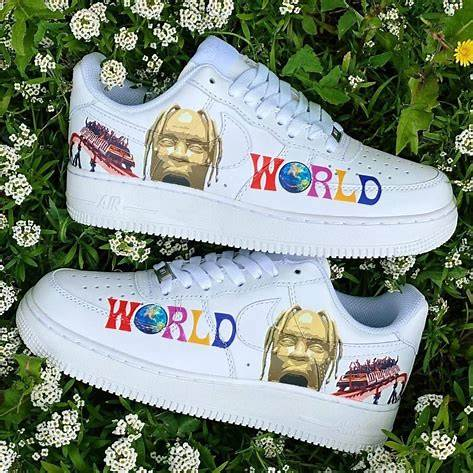
Another significant case is Nike’s lawsuit against Drip Creationz, a company accused of selling customized sneakers that allegedly infringed upon Nike’s designs. The legal action highlighted Nike’s stance against unauthorized alterations that could cause consumer confusion or dilute the brand’s image.
Balancing Creativity with Legal Boundaries
For customizers, the challenge lies in expressing creativity without infringing on established trademarks. Here are strategies to consider:
- Understand Intellectual Property Rights: Familiarize yourself with trademark and trade dress laws. Recognize that certain design elements, such as logos, color schemes, and specific patterns, are protected.
- Avoid Unauthorized Use of Logos and Trademarks: Refrain from using brand logos or distinctive design features without permission. Even if sourced from genuine products, repurposing trademarked materials can lead to legal issues.
- Consider the First Sale Doctrine: This legal principle allows the resale of genuine products. However, significant modifications that alter the original product may void this protection, especially if the changes could mislead consumers about the product’s origin.
- Seek Legal Counsel: Before launching custom designs, consult with an attorney specializing in intellectual property law to ensure compliance and mitigate potential risks.
Conclusion
The allure of custom sneakers lies in their uniqueness and personal touch. However, it’s essential for designers to be aware of legal boundaries to protect both their creations and the brands they admire. By understanding intellectual property laws and respecting established trademarks, customizers can continue to innovate while minimizing the risk of legal disputes.



